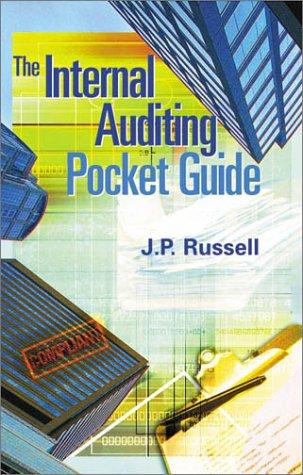Question
Problem 12-49: Basic-Capital Budgeting Techniques; No Taxes; Uniform Net Cash Flows; Spreadsheets (page 526) [LO 12-4, 12-6] See textbook Basic Capital Budgeting Techniques; No Taxes,
Problem 12-49: Basic-Capital Budgeting Techniques; No Taxes; Uniform Net Cash Flows; Spreadsheets (page 526) [LO 12-4, 12-6] See textbook
Basic Capital Budgeting Techniques; No Taxes, Uniform Net Cash Inflows; Spreadsheets Bob Jensen Inc. purchased a $650,000 machine to manufacture specialty taps for electrical equipment. Jensen expects to sell all it can manufacture in the next 10 years. To encourage capital investments, the government has exempted taxes on profits from new investments. This legislation is to be in effect for the foreseeable future. The machine is expected to have a 10-year useful life with no salvage value. Jensen uses straight-line depreciation. The net cash inflow is expected to be $150,000 each year for 10 years. Jensen uses a 12% discount rate in evaluating capital investments. Assume, for simplicity, that MACRS depreciation rules do not apply.
Required Using Excel (including built-in functions for NPV, IRR, and MIRR), compute the following for the above-referenced investment:
1-The payback period, under the assumption that cash inflows occur evenly throughout the year. Round your answer to 1 decimal place (e.g., 4.581 years = 4.6 years).
2-The accounting (book) rate of return based on (a) initial investment and (b) average investment. Round both answers to 1 decimal place (e.g., 23.418% = 23.4%).
3-The net present value (NPV) of the proposed investment under the assumption that cash inflows occur at year-end. Round your answer to nearest whole dollar.
4-The present value payback period, in years, of the proposed investment under the assumption that cash inflows occur evenly throughout the year. (Note: Because of this assumption, the present value calculations will be approximate, not exact.) To calculate present value amounts, use the appropriate factors from Appendix C, Table 1. Round your answer to 1 decimal place. For example, 3.481 years = 3.5 years.
5-The internal rate of return (IRR), rounded to 1 decimal place (e.g., 13.612% = 13.6%).
6-The modified internal rate of return (MIRR), rounded to 1 decimal place. (In conjunction with this requirement, you might want to consult either of the following two references: https://support.office.com/en-us/Search/results?query=mirr+function&src=as and/or www.journalofaccountancy.com/issues/2017/feb/calculate-internal-rate-of-return-in-excel.html.)Links to an external site.
Step by Step Solution
There are 3 Steps involved in it
Step: 1

Get Instant Access to Expert-Tailored Solutions
See step-by-step solutions with expert insights and AI powered tools for academic success
Step: 2

Step: 3

Ace Your Homework with AI
Get the answers you need in no time with our AI-driven, step-by-step assistance
Get Started


